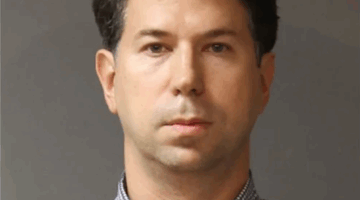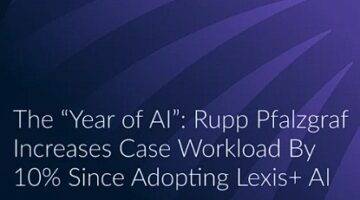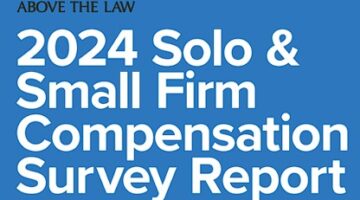

With ACA Subsidies Set To Expire And The Open Enrollment Window Closing, Members Of Congress Brainstorm Alternatives
What are the alternatives to extending ACA subsidies for the 22 million people who purchase health plans on the ACA Marketplace? That's the focus of the latest episode of the Debunked podcast.

Micro-Video Funnels: How To Drive Consults From 15-Second Clips
Micro-videos can create momentum driving potential clients to make contact — make sure your firm is ready.

Like Lawyers In Pompeii: Is Legal Ignoring The Coming AI Cost Crisis? (Part II)
It may be too late to completely put AI back in the bottle.

Stat(s) Of The Week: The Firm That Salvaged Biglaw’s Rep
See who saved the industry from an 0 for 500 shutout.

Neil Gorsuch Writes Children’s Book Celebrating ‘Heroes Of 1776’ Ahead Of 250th Anniversary Of Declaration Of Independence
He wants to bring more 'civic education' to America's children.































